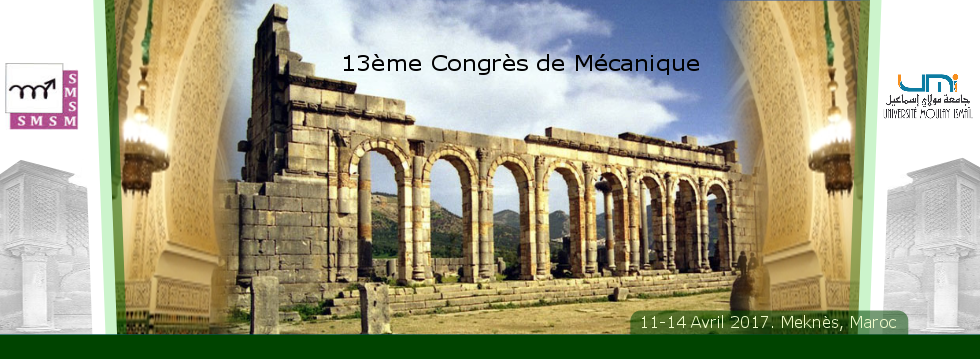Over the past two decades, the automotive, aerospace and army industries have been paying an increasing attention to Finite Elements FE numerical simulation of the fracture process of their structures. Several researches have been conducted via experimental investigations coupled to numerical simulations in order to find a fracture model which is suitable for various applications. The present paper addresses ballistic impact and perforation of thin armor steel targets. The target fracture usually depends on: the projectile nose shape, the target thickness and its mechanical properties as well as impact conditions (friction, oblique/normal impact... ). The investigations presently reported address the normal impact of a conical head-shaped projectile on thin armor steel targets. The main aim of the present paper is to establish a comparative study of four fracture criteria that are commonly used in the fracture process simulations of structures subjected to extreme loading such as ballistic impact and perforation. The four failure criteria are: the critical strain to failure model, the Johnson-Cook fracture model, the Wierzbicki model and finally, the Modified Hosford-Coulomb model MHC. The aforementioned fracture criteria are implemented into the FE code ABAQUS via VUMAT subroutine and they were coupled to suitable constitutive relations allow having reliable results of ballistic impact problems simulation. The calibration of these damage criteria as well as a concise evaluation of the applicability of each criterion are detailed in the present paper.

|
The Ductile Fracture of Armor Steel Targets Subjected to Ballistic Impact & Perforation : Calibration of Four Damage Criteria.
1 : Laboratory of Biomechanics, Polymers and Structures
(LaBPS)
-
Site web
Ecole Nationale d'Ingénieurs de Metz, Université de Lorraine
1 Route d'Ars Laquenexy, 57070 Metz -
France
2 : Laboratory of Microstructure, Materials and Mechanics Studies
(LEM3)
-
Site web
Université de Lorraine
Ile du Saulcy F-57045 Metz - cedex 01 -
France
3 : Laboratory of Microstructure, Materials and Mechanics Studies
(LEM3)
-
Site web
* : Auteur correspondant
Université de Lorraine
Ile du Saulcy F-57045 Metz - cedex 01 -
France
|


